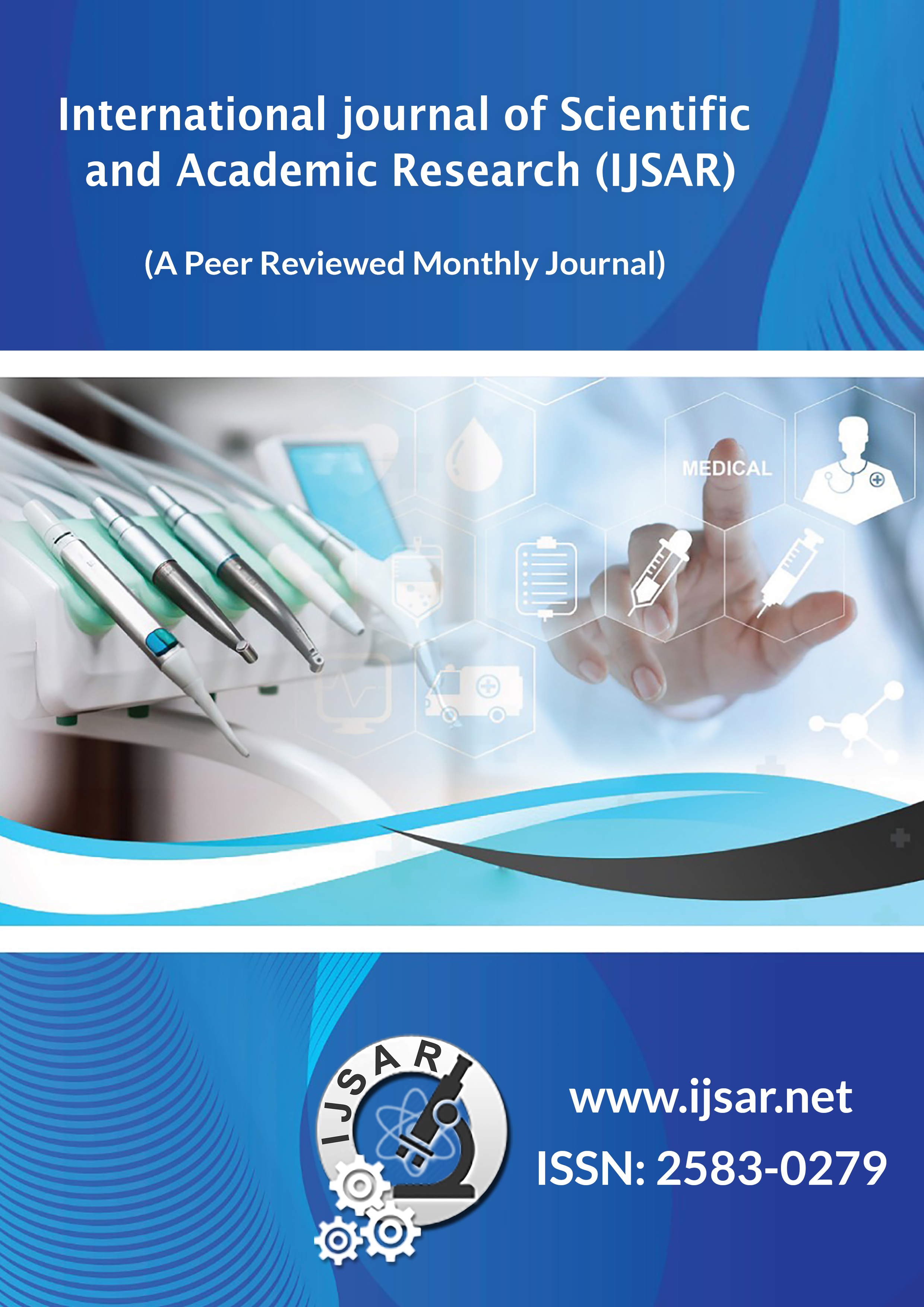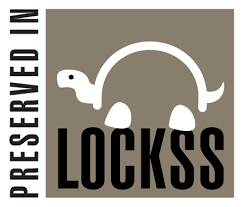Anxiety and Depression Mental Health Factors: Predicting At-Risk Individuals using Supervised Learning Techniques
DOI:
https://doi.org/10.54756/IJSAR.2025.6.2Keywords:
Mental Health, Supervised Learning, Machine Learning, Anxiety, Depression, Random Forest, Decision Tree, Naive Bayes, Predictive ModelingAbstract
Mental health is a crucial component of human well-being, yet conditions such as anxiety and depression continue to affect individuals globally, often remaining undetected due to stigma and limited access to care. This study applies supervised machine learning techniques to predict individuals at risk of anxiety and depression using the Anxiety and Depression Mental Health Factors dataset sourced from Kaggle. The dataset consists of 1,200 survey responses encompassing demographic, lifestyle, medical, and psychosocial variables. Data preprocessing involved normalization, factor conversion, and the creation of binary “High” and “Low” risk labels based on a threshold score of 12, aligned with established clinical measures such as PHQ-9 and GAD-7. Three supervised learning models—Random Forest, Decision Tree, and Naive Bayes—were developed using an 80:20 train-test split and 5-fold cross-validation. Among these, the Random Forest model performed best, particularly in predicting depression (F1 = 0.473, Recall = 0.452, AUC = 0.545). Anxiety prediction, however, exhibited weaker performance across all models, indicating potential limitations in feature diversity or data balance. Feature importance analysis identified stress level, sleep hours, financial stress, and social support as significant predictors of mental health risk. The findings suggest that while machine learning models show promise in supporting early mental health detection, their accuracy depends heavily on data quality and feature representation. Future work may incorporate more comprehensive datasets and hybrid model approaches to strengthen predictive performance and support data-driven mental health interventions.
References
HealthMeasures. (2017). PROMIS. HealthMeasures. https://www.healthmeasures.net/score-and-interpret/interpret-scores/promis
Iyortsuun, N. K., Kim, S.-H., Jhon, M., Yang, H.-J., & Pant, S. (2023). A Review of Machine Learning and Deep Learning Approaches on Mental Health Diagnosis. Healthcare, 11(3). https://doi.org/10.3390/healthcare11030285
Kirkbride, J., Anglin, D., Colman, I., Dykxhoorn, J., Jones, P., Patalay, P., Pitman, A., Soneson, E., Steare, T., Wright, T., & Griffiths, S. L. (2024). The social determinants of mental health and disorder: evidence, prevention and recommendations. World Psychiatry, 23(1), 58-90. https://doi.org/10.1002/wps.21160
Kumar, A. (2025, March 14). Anxiety and Depression Mental Health Factors Dataset. Kaggle. https://www.kaggle.com/datasets/ak0212/anxiety-and-depression-mental-health-factors?select=anxiety_depression_data.csv
Nemesure, M., Heinz, M., Huang, R., & Jacobson, N. (2021). Predictive modeling of depression and anxiety using electronic health records and a novel machine learning approach with artificial intelligence. Scientific Reports, 11(1980). https://www.nature.com/articles/s41598-021-81368-4
Norouzi, F., & Machado, B. L. M. S. (2024). Predicting Mental Health Outcomes:A Machine Learning Approach to Depression, Anxiety, and Stress. International Journal of Applied Data Science in Engineering and Health. https://ijadseh.com/index.php/ijadseh/article/view/19/23
Pandit, M., Azwaan, M., Wani, S., Ibrahim, A. A., Abdulkhaleq, R., Abdulghafor, A., & Gulzar, Y. (2023). Examining Factors for Anxiety and DepressionPrediction. International Journal on Perceptive and Cognitive Computing, 9(1). https://journals.iium.edu.my/kict/index.php/IJPCC/article/view/368/219
Qasrawi, R., Polo, S. P. V., Al-Halawa, D. A., Hallaw, S., & Abdeen, Z. (2022). Assessment and Prediction of Depression and Anxiety Risk Factors in Schoolchildren: Machine Learning Techniques Performance Analysis. JMIR Form Res, 6(8). https://doi.org/10.2196/32736
Salaheddin, K., & Mason, B. (2016). Identifying barriers to mental health help-seeking among young adults in the UK: a cross-sectional survey. British Journal of General Practice, 66(651). https://doi.org/10.3399/bjgp16X687313
Snijkers, J., van den Oever, W., Weerts, Z., Vork, L., Mujagic, Z., Leue, C., Hesselink, M., Kruimel, J., Muris, J., Bogie, R., Masclee, A., Jonkers, D., & Keszthelyi, D. (2021). Examining the optimal cutoff values of HADS, PHQ-9 and GAD-7 as screening instruments for depression and anxiety in irritable bowel syndrome. Neurogastroenterology & Motility, 33(12). https://doi.org/10.1111/nmo.14161
Tagufa, G., Magobo, A. K. L., Andal, D. J., Eisma, D. J., Tanhueco, H., Macalinga, H., Manahan, I. C., Tumolva, M. 2., Opur, Y. G., & Pobre, R. (2023). Mental Health Stigma and Help-Seeking Behavior Among Manila Central University. Philippine Scientific Journal, 56(1). https://www.ejournals.ph/article.php?id=26323
World Health Organization. (2022, June 17). Mental health. World Health Organization (WHO). https://www.who.int/news-room/fact-sheets/detail/mental-health-strengthening-our-response
Downloads
Published
Issue
Section
License
Copyright (c) 2025 Kathleen Nicole D. Oliva

This work is licensed under a Creative Commons Attribution-NonCommercial 4.0 International License.







.png)


